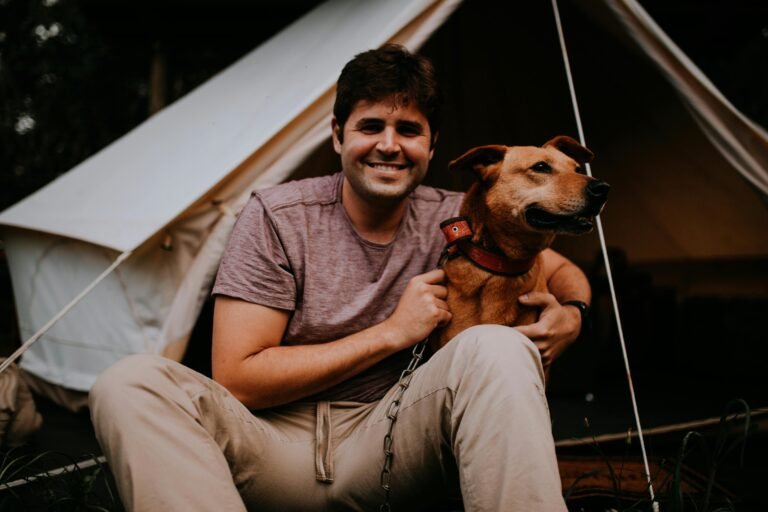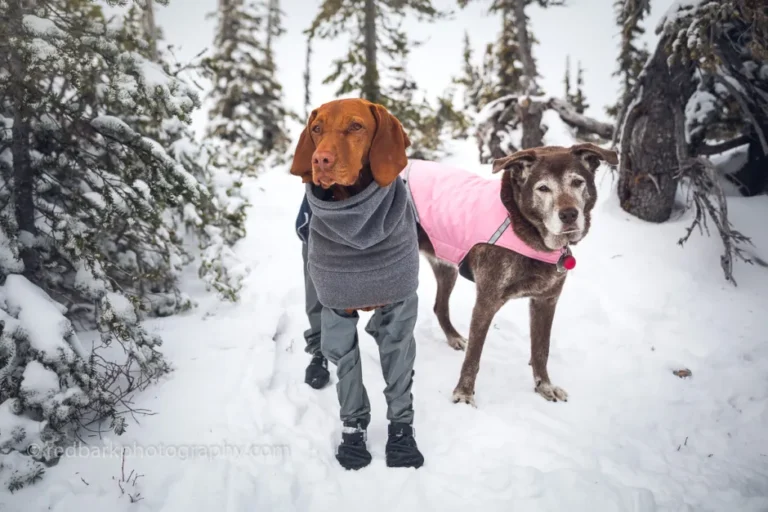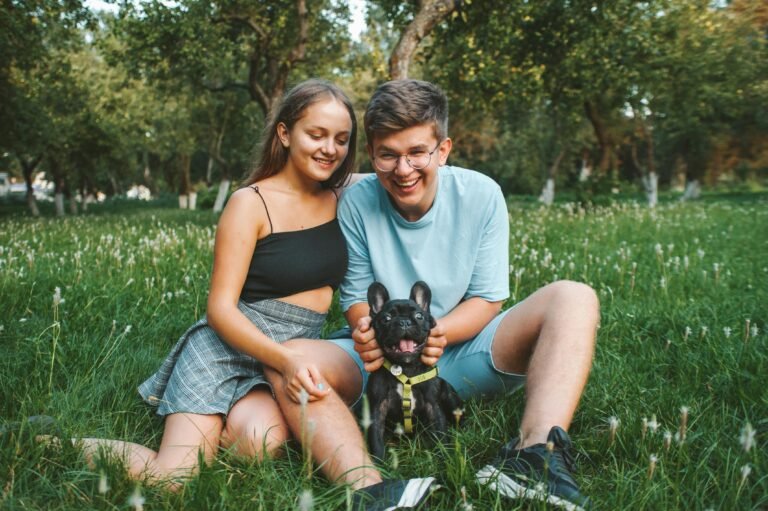It’s important for you and your dog to maintain social connections during the winter months, even when the temperatures drop. Cold weather doesn’t mean you have to forego socialization opportunities; instead, it presents a unique chance to explore dog parks and group walks tailored for chilly conditions. By prioritizing outdoor activities, you’ll keep your dog active, healthy, and well-socialized through the winter. This guide will provide you with helpful tips on navigating dog parks and organizing enjoyable group walks, ensuring both you and your furry friend stay engaged and happy all season long.
Benefits of Winter Socialization for Dogs
For dog owners, winter socialization offers numerous advantages for your furry companions. Cold weather doesn’t have to limit your dog’s social experiences; rather, it can enhance their ability to meet and interact with other dogs and people. Engaging in activities such as dog parks and group walks not only keeps your dog active but also helps promote healthy behaviors and reduces anxiety, making them happier and more balanced pets.
Physical Health Improvements
Beside the social benefits, winter activities significantly contribute to the physical health of your dog. Regular exercise in the cold weather ensures that your dog burns off energy, maintains a healthy weight, and improves cardiovascular fitness. This consistent activity can ward off winter weight gain and gives your dog a better chance at overall health and longevity.
Mental Stimulation and Social Skills
Behind the physical benefits, winter socialization also plays a vital role in enhancing your dog’s mental stimulation and social skills. Engaging with diverse canine companions and different environments enriches their experience and fosters adaptability. This can decrease tendencies toward boredom-related behavior and promote a more well-rounded temperament.
This kind of mental stimulation is vital for your dog’s emotional well-being. By exposing your dog to new sights, sounds, and smells, you help build their confidence and reduce fear in unfamiliar situations. Interacting with other dogs aids in acquiring social skills such as appropriate play behavior, which can lead to more harmonious relationships both at home and in public. Investing time in winter socialization transforms chilly days into opportunities for your dog to grow mentally and socially.
Choosing the Right Dog Park in Winter
Clearly, selecting a suitable dog park for winter outings involves assessing several factors that cater to your dog’s needs and your comfort. Look for parks with proper maintenance, such as cleared pathways and de-iced areas, to ensure safety and accessibility. Additionally, consider parks that are well-fenced, away from busy streets, and equipped with adequate space for your dog to play while minimizing contact with potentially hazardous elements like ice and snow. The right choice not only promotes socialization but also contributes to a healthy and enjoyable experience for both you and your furry friend.
Safety Considerations
Safety should be a top priority when selecting a dog park in winter. Ensure the park is not only enclosed to prevent your dog from escaping, but also has appropriate signage regarding appropriate dog sizes and behavior guidelines. Regularly check for harmful ice patches or obstacles that could pose a danger during playtime. A well-maintained environment ensures a safe experience for your dog and peace of mind for you.
Facilities and Amenities
Between parks, look for those with additional facilities that enhance your experience during winter visits. Access to amenities like waste disposal stations, rest areas, and water fountains can make your time at the park much more enjoyable and convenient.
A well-equipped dog park can significantly improve your visit. Parks offering sheltered seating areas provide a respite from cold winds, allowing you to monitor your dog’s play comfortably. Facilities like portable restrooms can also enhance the overall convenience while you and your dog enjoy a day outside. Additionally, parks with fencing around the entirety of the perimeter ensure a secure environment, fostering an enjoyable social atmosphere for your furry friend to explore and play freely.
Preparing Your Dog for Cold Weather
Any dog owner knows that winter can pose challenges for your furry friends. Ensuring your dog is adequately prepared for cold weather is important for their comfort and safety. From assessing their breed’s tolerance for cold to understanding when to limit outdoor time, being proactive will help you make the best decisions for your dog during the chilly months.
Proper Clothing and Gear
Gear up your dog for cold weather by investing in a durable and insulated dog coat, especially if they have short hair or are prone to feeling cold. Additionally, consider protective accessories such as booties to shield their paws from ice and salt, as well as a warm and comfortable sweater for extra insulation. Make sure the clothing fits snugly but allows for movement.
Health Check and Precautions
To keep your dog healthy during winter walks, schedule a health check with your veterinarian. Cold weather can exacerbate certain conditions, so it’s wise to ensure your dog’s vaccinations are current, and they are protected from issues like frostbite or hypothermia. Consult with your vet about any concerns related to your dog’s breed, age, or health status, and ask for personalized guidelines on winter care and safety measures.
In addition to a health check, pay attention to your dog’s behavior during walks in the cold. Watch for signs of discomfort, such as shivering or excessive whining, and adjust your plans accordingly. Always be mindful of paw care, as ice and salt can lead to irritation or injury. Keeping a first-aid kit handy for winter outings can also help you respond quickly to any emergencies. Ensure you’re informed on safe walking routes and avoid those with rough terrain or severe ice build-up.
Organizing Group Walks
Your dog will love the opportunity to socialize during group walks, and organizing these outings can be a rewarding experience for you and your furry friends. Setting a regular schedule and maintaining clear communication with participants will foster a sense of community. Utilize social media groups or local forums to gather interested dog owners and keep the excitement alive through group messages. Ensure everyone understands the group’s goals and any specific needs or abilities of the dogs involved, making it enjoyable for all participants.
Finding Like-Minded Dog Owners
Between shared interests, similar dog breeds, and compatible walking preferences, finding like-minded dog owners can enhance your group walking experience. Local dog parks, pet shops, and online communities are great places to seek out individuals who share your passion for canine companionship. Networking through these avenues allows you to create a diverse group, ensuring that everyone enjoys their time together while fostering lasting friendships.
Planning Safe and Enjoyable Routes
Safe routes are vital for an enjoyable group walk, especially when navigating icy or snowy conditions. Choose pathways that are well-lit, maintained, and accessible, ensuring the safety of every participant, including your furry companions. Consider incorporating areas where dogs can play and socialize off-leash, while keeping in mind the capabilities of all dogs in your group.
Hence, planning safe and enjoyable routes involves mapping out your walk before you set off and considering the needs of all dogs in the group. Be on the lookout for sidewalks that have been cleared of snow and ice, as well as parks that allow for off-leash activities under controlled conditions. Familiarizing yourself with the terrain and potential hazards will help you create a positive outdoor experience, allowing both dogs and owners to fully enjoy the benefits of group walks in the winter months.
Activities to Engage Dogs in Winter
Not all dogs enjoy the cold, but you can still engage your furry friend with plenty of winter activities. From indoor games to outdoor adventures, keeping your dog mentally and physically stimulated during the winter months is important. Use this time to reinforce training, promote bonding, and ensure your pet remains happy and healthy despite the chilly weather.
Fun Games and Exercises
On colder days, try playing interactive games indoors. Fetch or tug-of-war can be exciting alternatives, while hide-and-seek challenges your dog’s cognitive skills. You can also set up an obstacle course using household items to keep them physically active. Engage their senses and make exercise fun, ensuring they get adequate stimulation despite the winter gloom.
Socialization Techniques
Among the best ways to keep your dog socialized during winter is through structured group activities. Introduce your dog to small playgroups or set up doggy playdates in your home, allowing familiar and new pets to interact in a controlled environment. Winter can be isolating, but these gatherings can help your pup maintain vital social skills.
Games like fetch or tug-of-war also serve as excellent socialization tools. When you invite a friend’s dog for a playdate, encourage interactions between them during play. Lead structured activities that allow both dogs to engage in playful behavior while still following commands. This not only enhances their social skills but also reinforces their training in a fun manner. Create positive experiences to build confidence, ensuring your dog feels comfortable with other pets even in winter conditions.
Common Challenges and Solutions
Many dog owners face challenges during winter socialization, such as harsh weather conditions and behavioral issues. To tackle these problems, consider practical solutions like dressing your dog appropriately for the cold and opting for shorter, more frequent outings. Additionally, incorporating indoor playdates and training sessions can help prevent cabin fever and maintain social skills during inclement weather. With some planning and adaptability, you can ensure your dog remains socialized and happy throughout the winter months.
Dealing with Cold Weather Stress
Beside the physical discomfort the cold can bring, your dog may experience stress due to unfamiliar environments and weather conditions. To ease this worry, gradually acclimate your pet to the colder climate and be mindful of their comfort. Ensure they have a warm, dry place to retreat to after outdoor activities, and adjust the duration of walks to suit the temperature, all while closely monitoring your dog for signs of distress.
Managing Aggression or Fear in Dogs
After assessing your dog’s behavior, it becomes clear that fear or aggression can complicate winter socialization. Take the time to understand your dog’s triggers in cold weather environments, as this will help you better manage their reactions. Gradual exposure to other dogs and people in controlled settings is beneficial, as is working closely with a professional trainer if needed.
Understanding your dog’s body language and signs of fear or aggression is key to managing their behavior effectively. Keep a safe distance from other dogs or unfamiliar people until your pet feels more comfortable. Positive reinforcement can be your ally; reward calm behavior and encourage interactions only when your dog is ready. If your dog displays aggressive tendencies, consider consulting a professional trainer who can provide tailored advice. By taking a patient and proactive approach, you can help your dog overcome their fears and enjoy socialization in a healthy, controlled manner during the winter months.
Final Words
With this in mind, embracing the winter months with your dog can enhance both socialization and physical activity. Engaging in dog parks and group walks provides great opportunities for your furry friend to socialize, exercise, and enjoy the outdoors, even in colder temperatures. Ensure you dress appropriately and choose suitable times for outings to make the experience enjoyable for both you and your dog. By fostering connections with other pet owners, you enrich your dog’s social life while building a supportive community for yourself.






